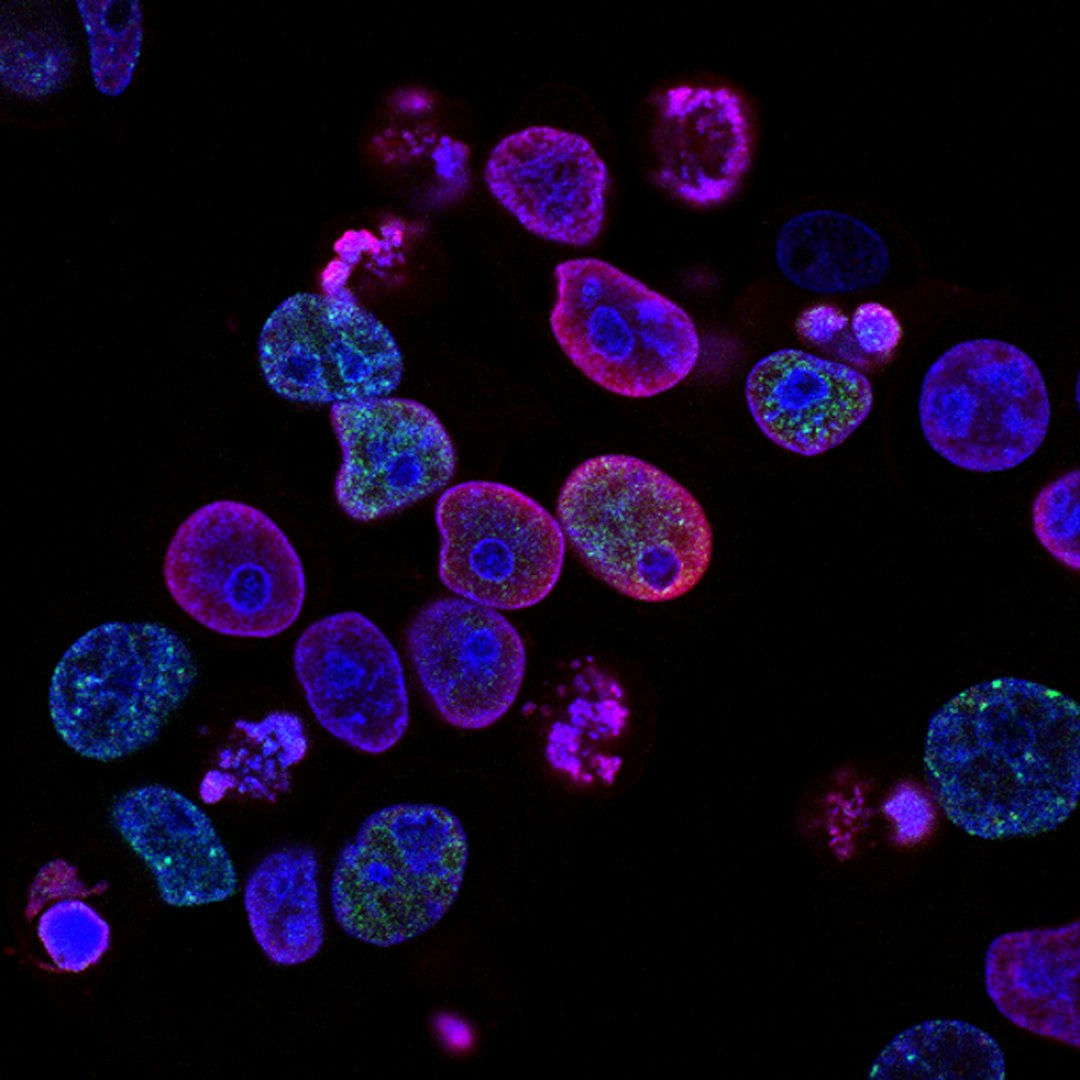
In the captivating realm of human beauty, the quest to unravel its enigmatic allure takes us on a journey into the intricate world of attractiveness and facial allure from a biological perspective. Picture this: an exploration of the evolutionary underpinnings and the profound influence of neuroscience, all aimed at unveiling the very essence of beauty. As we dissect the complexities of attraction, we delve into the roots of human preferences, peeling back the layers to reveal the correlation between biological imperatives and our perceptions of beauty. Join us as we embark on a fascinating exploration that aims to decipher the biological basis of beauty, providing profound insights into the essence of facial attractiveness.
Exploring Attractiveness
Attractiveness, often elusive and captivating, is a multifaceted concept that encompasses an amalgamation of traits. From physical allure to distinct personality traits, the concept of attractiveness transcends mere appearances. By understanding the nuances of attractiveness, we unravel the intricacies that underlie human perceptions of beauty and desirability. Evolutionary psychologists posit that the notion of attractiveness is ingrained in our biological predispositions, shaping our inclinations towards potential mates and social interactions.
The evolutionary perspective on attractiveness delves into the roots of human preferences, shedding light on the correlation between biological imperatives and perceptions of beauty. This perspective elucidates the underlying motives that drive our proclivity towards specific attributes, offering insights into the evolutionary underpinnings of attractiveness.
Neuroscience plays a pivotal role in deciphering the mechanisms underlying the perception of attractiveness. By delving into the intricate workings of the human brain, neuroscience provides a deeper understanding of how the brain processes and interprets cues of attractiveness, shedding light on the neural correlates of beauty perception.
Facial Attractiveness
Facial symmetry, an inherent component of facial attractiveness, holds a profound influence on the perception of beauty. Symmetrical faces are often perceived as more attractive, with symmetrical features being indicative of genetic robustness and developmental stability. This correlation between facial symmetry and attractiveness underscores the innate biological predispositions that shape our perceptions of beauty.
Averageness in facial features contributes significantly to facial attractiveness, with average faces being perceived as more appealing due to their inherent familiarity and lack of extreme features. This phenomenon underscores the impact of averageness on the perception of facial attractiveness, shedding light on the role of evolutionary predispositions in shaping beauty standards.
The perception of facial features serves as a crucial cue in gauging attractiveness, with specific facial attributes intricately intertwined with beauty standards. From the prominence of certain facial features to the harmony of facial proportions, the cues of attractiveness encompass a myriad of visual cues that influence the perception of facial attractiveness.
The Biological Basis of Beauty

Sexual selection, a driving force in evolutionary biology, correlates closely with attractiveness, shaping our preferences and perceptions of beauty. The interplay between sexual selection and attractiveness underscores the profound impact of evolutionary pressures on the development of beauty standards, providing insights into the underlying biological motives that govern attractiveness.
The influence of female facial aesthetics on attractiveness delves into the complexities of beauty standards, shedding light on the biological underpinnings that underlie the perception of female beauty. From facial symmetry to the allure of facial features, the correlation between female facial aesthetics and attractiveness underscores the biological basis that underscores the perception of beauty.
Unraveling the neuroscience behind facial attractiveness unveils the intricate neural mechanisms that underlie the perception of beauty, offering a deeper understanding of the neurological processes that govern the perception of facial attractiveness. Through the lens of neuroscience, we gain profound insights into the biological basis of beauty and its influence on our perceptions.
Exploring the Evolutionary Connection
Understanding the evolutionary significance of facial attractiveness sheds light on the adaptive advantages and reproductive implications of perceived beauty. The evolutionary connection underscores the adaptive benefits conferred by facial attractiveness, offering a deeper comprehension of the evolutionary trajectories that have shaped our perceptions of beauty.
Perceptions of facial attractiveness intricately intertwine with reproductive potential, shaping our predispositions towards potential mates and influencing mate selection strategies. The correlation between facial attractiveness and reproductive potential underscores the profound implications of beauty perceptions on evolutionary fitness.
Gangestad’s theory offers valuable insights into the evolutionary underpinnings of facial attractiveness, elucidating the mechanisms that govern our propensity towards specific facial traits. The theory’s relation to facial attractiveness sheds light on the evolutionary imperatives that underlie our perceptions of beauty, delving into the adaptive significance of facial attractiveness.
Facets of Facial Attractiveness

The influence of biology in defining facial attractiveness emphasizes the intricate interplay between biological predispositions and beauty standards. By unraveling the biological underpinnings of facial attractiveness, we gain a deeper understanding of the inherent biological influences that shape our perceptions of beauty.
Neuroscience’s insight into the perception of attractiveness elucidates the intricate neural processes that underlie the perception of beauty, offering unprecedented insights into the neurological correlates that govern our perceptions of attractiveness. The interplay of aesthetics and biology in defining facial attractiveness underscores the multifaceted nature of beauty, unveiling the intricate fusion of biological and aesthetic influences that shape our perceptions of beauty.
Conclusion
As we conclude this captivating journey into the biology of beauty, we find ourselves standing at the intersection of aesthetics and biology. The intricate interplay between evolutionary predispositions, neurological mechanisms, and the innate biological basis of attractiveness unfolds before us. Through this exploration, we have gained profound insights into the intrinsic allure of facial attractiveness, offering a deeper understanding of the biological underpinnings that shape our perceptions of beauty. As we navigate the multifaceted nature of beauty, we unveil the intricate fusion of biological and aesthetic influences that mold our perceptions. The journey into the depths of the biology of beauty leaves us with a newfound appreciation for the profound complexities that underlie our perception of attractiveness.
Join family.com for more interesting articles on health and beauty.
FAQ
Q: What is the biology of beauty?
A: The biology of beauty explores the underlying biological processes and mechanisms that contribute to the perception of attractiveness, particularly in human facial features.
Q: How does neuroscience influence facial attractiveness?
A: Neuroscience studies have shown that certain facial characteristics, such as symmetry and averageness, are perceived as more attractive due to their association with genetic fitness and health.
Q: What is the significance of facial averageness in perceived attractiveness?
A: Facial averageness, or the degree to which a face conforms to the average shape and features of a population, is linked to higher perceived attractiveness due to its association with genetic diversity and health.
Q: How does facial masculinity or femininity influence facial attractiveness?
A: Research suggests that different degrees of facial masculinity or femininity can influence perceptions of attractiveness, often reflecting cues of reproductive fitness and genetic quality in potential mates.
Q: What role does natural selection play in human facial attractiveness?
A: Natural selection is believed to have shaped certain facial traits that are universally perceived as attractive, as these traits may signal genetic robustness and overall fitness.
Q: How do attractiveness ratings affect our perception of human beauty?
A: Attractiveness ratings reflect the collective preferences of individuals within a population and can influence our cultural standards of beauty and attractiveness.
Q: What is the influence of facial skin and facial shape in determining attractiveness?
A: Facial features such as skin quality and shape have been shown to play a significant role in determining perceived attractiveness, reflecting health, youthfulness, and genetic quality.
Q: Are perceptions of beauty and ugliness purely subjective?
A: While there are subjective elements to perceptions of beauty, studies indicate that certain facial traits are consistently perceived as attractive across diverse cultures, suggesting a degree of universality in beauty standards.
Q: How does visual perception play a role in determining facial attractiveness?
A: Visual perception and cognitive processes are essential in shaping our perceptions of facial attractiveness, influencing our preferences and responses to different facial features.
Q: Can the effect of facial attractiveness extend beyond physical appearance?
A: Research suggests that facial attractiveness can have varied social and psychological effects, influencing perceptions of personality, trustworthiness, and even potential for success in various domains.




